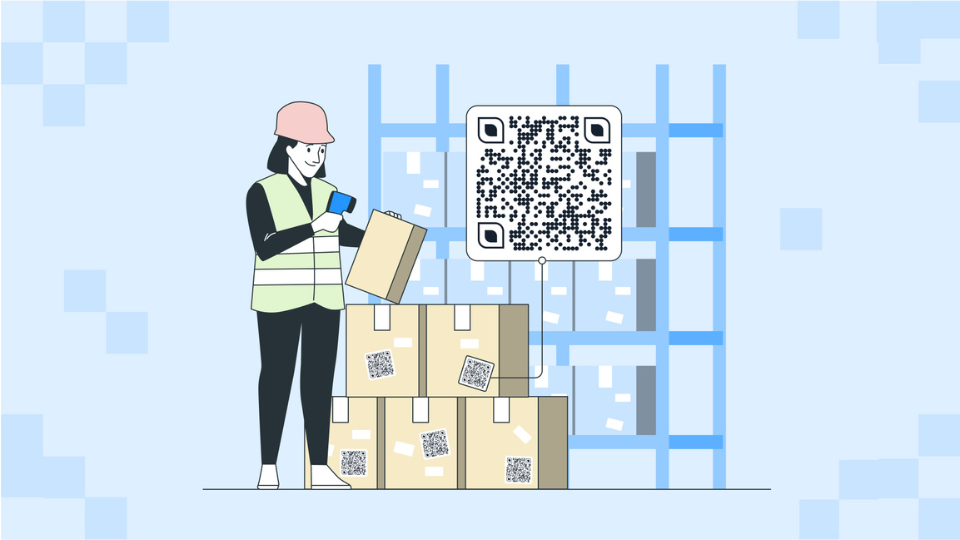Introduction
Disasters, whether natural or man-made, can have a devastating impact on communities and infrastructure. In times of crisis, quick and efficient communication and coordination are crucial for effective disaster management. Quick Response (QR) codes have emerged as a valuable tool in disaster management, offering innovative solutions to enhance response efforts, improve situational awareness, and aid in post-disaster recovery. In this article, we will explore the role of QR codes in disaster management and how they contribute to better preparedness and response strategies.
Emergency Information and Instructions
QR codes provide a convenient way to disseminate emergency information and instructions during a disaster. By placing QR codes on public signage, emergency response agencies can direct individuals to specific web pages or digital platforms that provide critical information, such as evacuation routes, shelter locations, emergency contact numbers, and safety guidelines.
The ability to quickly access and understand essential instructions through QR codes empowers individuals to make informed decisions, enhancing their safety and reducing confusion during high-stress situations. QR codes serve as a bridge between physical signage and digital resources, ensuring that accurate and up-to-date information is readily available to those who need it most.
Personal Safety Profiles
QR codes can play a crucial role in establishing and accessing personal safety profiles for individuals. By registering personal information and emergency contacts into a digital platform linked to a QR code, individuals can carry this code on their smartphones or identification cards. In the event of a disaster, emergency responders can quickly scan the QR code to access vital information about the person, including medical conditions, allergies, and any specific assistance requirements.
This real-time access to personal safety profiles helps emergency responders provide targeted and efficient assistance, potentially saving lives in critical situations. QR codes act as a reliable and secure gateway to essential personal information, enabling prompt and informed decision-making during rescue and relief operations.
Resource Management and Inventory Tracking
QR codes facilitate efficient resource management and inventory tracking during disaster response and recovery operations. By affixing QR codes to relief supplies, equipment, and storage containers, organizations can streamline the process of tracking and managing critical resources.
Scanning QR codes associated with specific supplies can provide instant access to information about the item’s origin, quantity, expiration dates, and distribution records. This real-time visibility into inventory helps ensure efficient allocation of resources, prevents wastage, and allows for effective coordination among various response teams and agencies involved in the disaster management efforts.
Volunteer Management and Deployment
QR codes can aid in volunteer management and deployment during disaster situations. By registering volunteers and assigning them unique QR codes, organizations can effectively track volunteer activities, skills, and availability.
When volunteers arrive at a disaster site, their QR codes can be scanned to log their presence and assign them to specific tasks based on their skills and training. This streamlined process enables efficient coordination and utilization of available resources, ensuring that volunteers are deployed where they are most needed.
Damage Assessment and Recovery
QR codes assist in damage assessment and post-disaster recovery efforts. By placing QR codes on affected structures and infrastructure, damage assessment teams can quickly access relevant information about the building’s structure, previous inspection reports, and safety guidelines.
This data facilitates accurate damage assessment and aids in prioritizing recovery efforts. QR codes streamline the process of gathering crucial information about damaged assets, enabling efficient decision-making and resource allocation during the recovery phase.
Conclusion
QR codes have become an invaluable tool in disaster management, offering innovative solutions to enhance preparedness, response, and recovery efforts. By providing quick access to emergency information, facilitating personal safety profiles, enabling resource management, and streamlining volunteer deployment and damage assessment, QR codes contribute to more efficient and effective disaster management strategies. As technology continues to advance, QR codes will play an increasingly vital role in ensuring the safety and well-being of communities in times of crisis.

